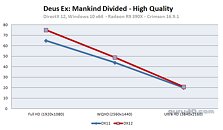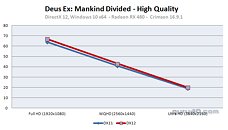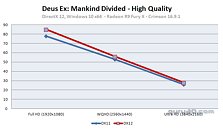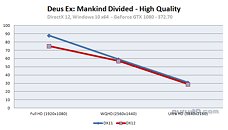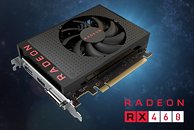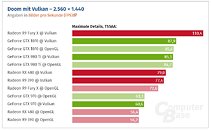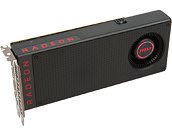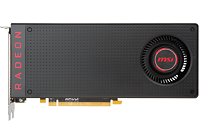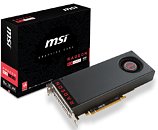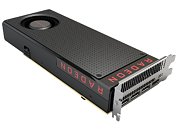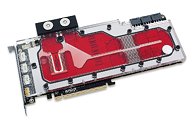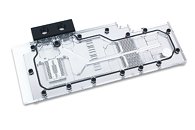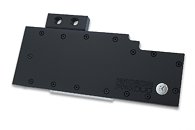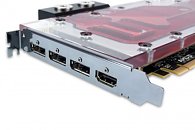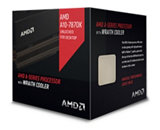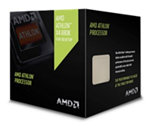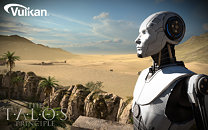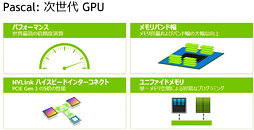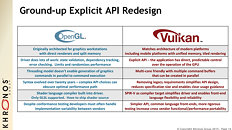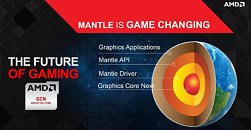
AMD GPUs See Lesser Performance Drop on "Deus Ex: Mankind Divided" DirectX 12
Deus Ex: Mankind Divided is the latest AAA title to support DirectX 12, with its developer Eidos deploying a DirectX 12 renderer weeks after its release, through a patch. Guru3D put the DirectX 12 version of the game through five GPU architectures, AMD "Polaris," GCN 1.1, GCN 1.2, NVIDIA "Pascal," and NVIDIA "Maxwell," through Radeon RX 480, Radeon R9 Fury X, Radeon R9 390X, GeForce GTX 1080, GeForce GTX 1060, and GeForce GTX 980. The AMD GPUs were driven by RSCE 16.9.1 drivers, and NVIDIA by GeForce 372.70.
Looking at the graphs, switching from DirectX 11 to DirectX 12 mode, AMD GPUs not only don't lose frame-rates, but in some cases, even gain frame-rates. NVIDIA GPUs, on the other hand, significantly lose frame-rates. AMD GPUs tend to hold on to their frame-rates at 4K Ultra HD, marginally gain frame-rates at 2560 x 1440, and further gain frame-rates at 1080p. NVIDIA GPUs either barely hold on to their frame-rates, or significantly lose them. AMD has on multiple occasions claimed that its Graphics CoreNext architecture, combined with its purist approach to asynchronous compute make Radeon GPUs a better choice for DirectX 12 and Vulkan. Find more fascinating findings by Guru3D here.More graphs follow.
Looking at the graphs, switching from DirectX 11 to DirectX 12 mode, AMD GPUs not only don't lose frame-rates, but in some cases, even gain frame-rates. NVIDIA GPUs, on the other hand, significantly lose frame-rates. AMD GPUs tend to hold on to their frame-rates at 4K Ultra HD, marginally gain frame-rates at 2560 x 1440, and further gain frame-rates at 1080p. NVIDIA GPUs either barely hold on to their frame-rates, or significantly lose them. AMD has on multiple occasions claimed that its Graphics CoreNext architecture, combined with its purist approach to asynchronous compute make Radeon GPUs a better choice for DirectX 12 and Vulkan. Find more fascinating findings by Guru3D here.More graphs follow.
